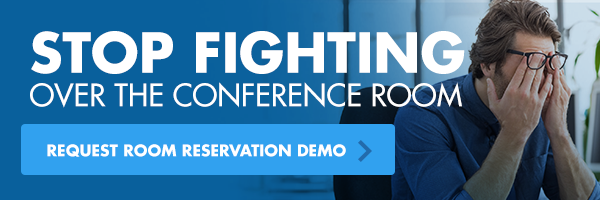Get A Grip On Workplace Distractions (For Good)


It takes 23 minutes to recover from a distraction at work.
That equates to nearly three hours of wasted time at work each day for the average employee.
What’s an open-office worker to do? Become a master at fighting distraction. Here’s how to do just that.
1. Set Workplace Expectations
For Yourself
While your coworkers and your office are often the culprit when it comes to being interrupted, let’s not forget we can be our own worst enemies when it comes to staying focused. While it’s unrealistic to say you won’t check social media at all while at work or never look at your phone, try to do it less. Reserve Instagram updates for your lunch hour or during your afternoon walk, and turn your phone over on your desk so you’re not tempted to pick it up when a notification comes in. If you’re a parent or guardian and you’re worried you’ll miss an important message, turn your Do Not Disturb on during work hours but make adjustments for people on your favorites list, like your kiddo’s school.
Still having trouble? Try installing an app, like Freedom, that limits the time you can spend on certain websites.
Sometimes it just takes that simple change to help rewire our habits. Most of our interruptions are addictive responses — or learned tactics for avoiding uncomfortable emotions. Most of the time, task switches are a response to feelings of “curiosity, boredom, or loneliness“. Becoming more aware of what is driving you to allow interruptions in your day will help you change that habitual behavior to something more constructive.
For Others
If you’re in high demand at your workplace it may be necessary for you to schedule a few hours in the day when people can address questions or develop collaborative work with you. Most people ask questions when they think of them, not because they’re a high priority. Giving them a timeframe when they can come to you gives both parties what they need. The best method is to do some self reflecting to figure out what time of day you’re most productive. Once that is established, carve out that time for yourself, and schedule time for others outside of your peak performance block for the day.
Also training your staff to communicate in a more deliberate way can help eliminate some of the frustrations that come with an open-office. Simply asking members of your team if they’re busy before interrupting can work wonders, and they should grant you the same courtesy when the situation is flipped.
2. Take Advantage of Your Workplace
Activity-based working has caught on for a reason, because it works. People shouldn’t be expected to work in the same environment everyday, we are different people, and we are all doing different work. If your company has adopted this environment, take advantage of it! Reserve call booths or private space for when you need to tuck away to write, or just for the change of scenery.
If your company hasn’t seen the benefits of ABW, try talking to your facilities team about the benefits of installing a few private call booths and monitoring how often your workforce utilizes them. While the initial investment is there, the saved productivity and sanity of your workforce will be well worth it.
3. Clue-In Your Coworkers
Snooze
While Slack is a beautiful workplace tool, constantly getting *dings* during your day can wreck your focus. When you really need to get something done, snooze notifications for an hour, and put in your away message when you’ll be back, so people know when they can reach out to you.
Steer Away
Invest in a pair of noise-cancelling headphones, not just to drown out chatter but for the visual cue it gives people. Most people understand the unwrittten rule that headphones = please do not disturb me at this time.
Silence
So some people, as well-intentioned as they might be, don’t understand that headphones are the universal “I’m busy” sign. For the chatty coworker who has set up camp at your desk going on and on about her weekend at the cape, here’s a subtle way to end the conversation without hurting her feelings. When she’s in the middle of her story, drop something, maybe a pen. When you do this she will most likely react to the sound of the drop and stop talking, use that pause to wrap up your conversation.
While you can’t always choose if you work in an open office or if your coworkers routinely stop by your desk to chat, you can control how you respond to it. Taking a few simple steps will help you maintain your sanity and your optimum productivity level.
